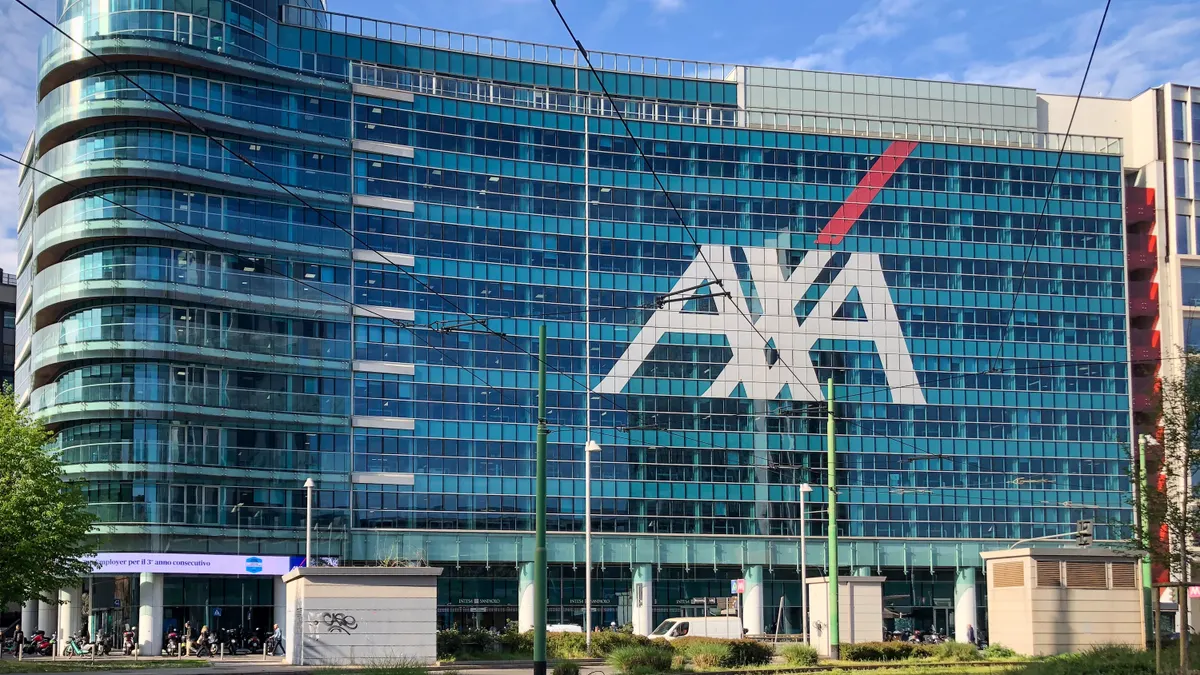Entering into 2023, market uncertainty, talent pool shakeups and a focus on user experience will shape tech labor dynamics. As tech leaders grapple with talent gaps and look to strengthen distributed workforces, citizen developers will become even more common and automation will increase productivity.
After a historically in-demand year for tech hires, who had the most power in the room, economic slowdown created a stir in 2022. Some companies felt the weight of a slowing economy, resulting in headline-grabbing layoffs at the biggest names in the tech industry.
If economic slowdown persists, the tide could turn so employers hold more power as anxious tech employees shy away from job hopping.
Though companies are still expected to increase investments in tech and, in turn, the teams that research, develop, implement, monitor, secure and manage those systems. Until complete talent shortage solutions materialize, it is unlikely that the tables will completely turn in favor of employers this year.
Here are four technology workforce trends to watch in 2023:
Change in tech workforce strategies
Market uncertainty are two words that no C-suite or board of directors wants to hear, but that is the reality heading into 2023. In response, some organizations will look to change their tech workforce strategies to mitigate potential risks, according to Christopher Gilchrist, principal research analyst at Forrester.
“Organizations will most likely overcorrect on their conservatism if they choose to abandon and deviate from their current tech labor strategy,” Gilchrist said in an email. “These are organizations that will design workforce strategies and execute on decisions that reduce short-term workforce risk, but at the expense of longer-run talent risks.”
To get it right, organizations should remain steadfast in their hiring strategies in order to avoid self-inflicted workforce woes, even if cutbacks or slowdowns are necessary, Gilchrist said.
Breadth of skills favored
For CIOs, the struggle to fill in-demand tech positions can be stifling. Tech worker attrition can create skills gaps, declines in productivity and a loss of corporate knowledge.
Seven in ten IT managers said the Great Resignation contributed to a loss in organizational knowledge, making it difficult for current employees to find and access important information, according to 2022 Sinequa data which surveyed 1,000 IT managers.
The need to get skilled workers — while also dealing with a drained talent pool and the long-term effects of high attrition — will push more tech leaders to search for candidates with a breadth of skills rather than a specialization, according to Gilchrist.
“What we will see is a redistribution of tech talent that begins to skew towards the breadth of skills rather than the depth of a single specialization,” Gilchrist said. “As the tech workforce continues to experience favorable shifts in compensation and opportunity, organizations will mitigate this by expanding the skill set of current and future employees.”
Many companies turned toward upskilling as a way to retain ambitious employees, but the strategy can also help teams fill gaps.
For industries such as energy and food, Gilchrist expects them to remain cyclical with tech hiring at a reduced rate this year.
“For industries that are more sensitive to price changes, look to them to constrain future tech workforce growth — [like] hiring freezes — and consolidate current tech workforce proportional to forward guidance and growth targets,” Gilchrist said.
Automation continues to be a focus point
One of enterprise IT’s fiercest foes is the user expectation that comes from consumer-facing technology. As more Gen Z digital natives enter the workforce, they want their work technologies to function as easily as the technology they grew up around.
This can push technologists to innovate and implement systems that support and curate user-friendly experiences.
Automation is one way that businesses continue to improve the experience of their employees. Especially for businesses that have embraced hybrid work, automation can streamline processes and support a distributed workforce.
“With so many people switching to jobs that would better accommodate their needs holistically, employers needed to invest in automation – automating workflows to facilitate remote onboarding, task and process automation to enable workers new to their jobs the ability to focus on outcomes over process,” Amy Loomis, research VP of Future of Work at IDC, said in an email.
Automating tedious, repetitive tasks also improves the productivity of workers which has proven to be a point of focus for leaders during an economic slowdown.
“Automation will continue to be an area of focus both in service of employee engagement and in service of driving and measuring productivity,” Loomis said. “As organizations shift to more outcomes-based means of measuring progress, automation will enable the correlation between employee engagement/experience and say customer engagement/satisfaction.”
Rise of citizen developers
Citizen developers, or business technologists, have continued to become more common in the enterprise arena each year, but 2023 is the year they become key.
All at once, businesses are struggling to find tech talent, more Gen Z digital natives and tech savvy employees are entering the workforce and low-code technology is improving.
“So the biggest challenge in 2023 is closing the [talent] gap and learning how to leverage this massive population of talented individuals that actually already work for your company and bringing them into the technology delivery ecosystem,” Janelle Hill, chief of research of the CIO research practice at Gartner, said.
In less technology-intensive industries, like the government, close to one-quarter of employees were considered business technologists. In industries heavily dependent on IT, like energy, that number was closer to half in 2022, according to Gartner research.
For CIOs, this means eliminating corporate barriers, such as rules restricting cross-department projects, and extending the definition of teams, according to Hill. Redefining roles, work and who is allowed to work on IT functions is critical.
“Traditionally, CIOs have leveraged tech providers, consulting companies [and] outsourcers as part of their digital delivery system, and we're kind of suggesting [to] go beyond the normal parties and tap into unconventional talent sources and talent populations,” Hill said.























